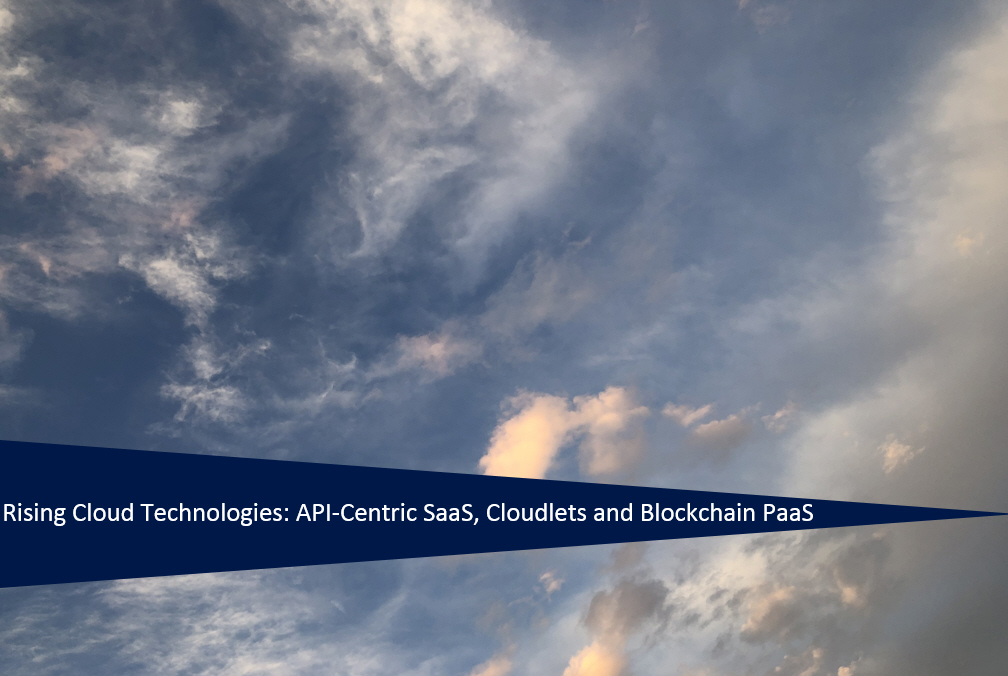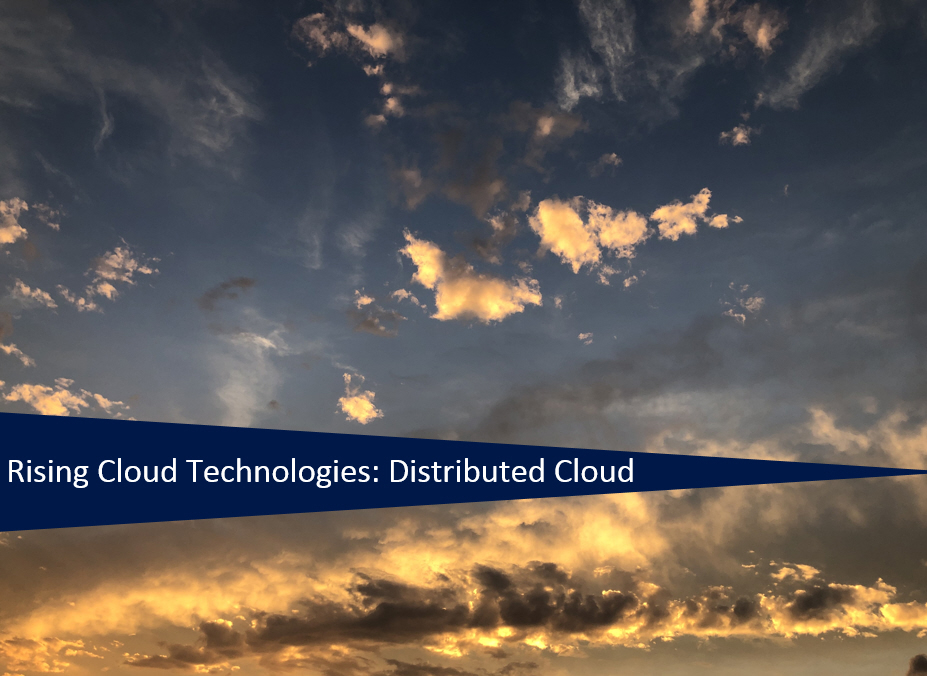
New technologies help companies to transform organizations into digital organizations. Identifying the emerging cloud technologies and understanding their impact on the existing cloud landscape can help companies to become more successful.
While some companies do not have a formal cloud strategy in place, most companies are using at least a cloud technology such as SaaS, IaaS or PaaS – whether in a private, public or hybrid cloud.
Other companies follow a multi cloud strategy since it allows them to select different cloud services from different providers because some are better for certain tasks than others. For example, some cloud platforms specialize in large data transfers or have integrated machine learning capabilities.
Most popular cloud models are the hybrid and multi cloud as of today. Seeing the first benefits of cost savings and increased efficiencies, companies focus now more on agility, speed and time to market to enable digital business success.
The new cloud capabilities increase the deployment options. Companies want the benefits of the cloud in all of their IT systems with the increased offering of cloud service providers, customers can now decide on the technology, services, providers, locations, form factors and control.
Since the digitalization journey raises new considerations and expectations, companies are now looking into technical areas to improve their cloud landscape such as the distributed cloud, API-Centric SaaS, Cloudlets, Blockchain PaaS, Cloud Native, Site Reliability Engineering, Containers, Edge Computing and Service Mesh.
API-Centric SaaS
An API-centric application is a web service that is built using application programming interfaces (APIs) to exchange data with other applications and allows the frontend and backend to communicate. In order to prevent these API-Centric SaaS services from coexisting in silo form, they must be integrated, i.e. enabled to exchange data with each other. The transfer of data is structured according to a previously precisely defined syntax. The backend of the app is used to facilitate data exchange with components such as operating systems, databases and other APIs. It is saved on a server that can be configured to a variety of client frontend interfaces like social media channels, browsers and devices. Each API performs a defined task such as merging data from a process or transferring data according to certain rules.
Most API-based SaaS products have no user interface, like a GUI. The interaction with the service is through a web-based API – a programmatic way of connecting services and transferring data across the web in a machine-readable way. The value of the service is usually in the data that’s delivered (through the API). Pricing is often usage-based, meaning that the cost is based on the number of requests made to the API.
The reason to use API-Centric SaaS goes back to the make or buy decision. Instead of spending development time and costs on cloud integration, API-centric SaaS vendors focus on best practice solutions for specific businesses.
For example vendors like Clearbit focus on contextual data such as BI API’s, Contentful on CMS, Twilio for messaging voice, video and authentication API’s for every application, Algolia for high-performance search in the applications used, Checkout for payments and Polygon with market data and their API’s for the FinTech industry.
API’s from specialized vendors as mentioned above can avoid companies to reinvent the wheel resulting in using best practice, flexibility, low code maintenance and code continuity.
API-centric development and integration will become more important for DevOps model application configuration and will drive the deployment process.
However, each interface increases the potential to be attacked, therefore security is a key aspect of APIs. After all, companies use these same APIs to connect services and transfer data.
Companies can no longer afford to view APIs as an extension and evolution of integration-based architectures and, instead, need API management and integration platforms to connect data and applications across multi-cloud and hybrid environments.
Cloudlets
A cloudlet is a mobility-enhanced small-scale cloud datacenter that is located at the edge of the internet. Cloudlet simplifies the efficient delivery and acceleration of personalized applications without the hassle of integrating with the various acceleration services. The cloudlet represents the middle tier of a 3-tier hierarchy: mobile device – cloudlet – cloud and can be viewed as a data center in a box whose goal is to bring the cloud closer.
The main benefit is the short end-to-end communication delay for mobile devices in the proximity of a cloudlet. The cloudlet reduces the latency in reaching the cloud servers and also resides near the mobile devices such as wearable devices, tablets and smartphones within a given geographical proximity.
Blockchain PaaS
Blockchain-as-a-Service, or BaaS, is a managed blockchain platform allowing companies to build blockchain applications and digital services on a distributed network while the cloud service provider supplies infrastructure and blockchain building tools such as set up of a fully functional blockchain environment including not only the ledger itself, but also the infrastructure, user interface, off-chain storage and a complete set of tools for management throughout the software lifecycle.
Does it make sense for companies to invest in their own hardware and software resources for blockchain projects? Especially since the majority of these projects are for individual business areas rather than as a company-wide solution means that business units have rarely sought the support of large IT providers to date, but instead opt for smaller, specialized blockchain technology providers.
For a company to set up its own blockchain environment in the cloud, special know-how is required. Since this knowledge is also not scalable, an as-a-service offer makes more sense for companies than investing in their own resources.
Since blockchain projects are rather short term, it is not reasonable to spend almost the same amount of time on setting up the blockchain. In a short project context, it also makes sense to shift from CAPEX costs to OPEX budgets.
Another benefit is that those business units who initiate blockchain projects usually do not know which tools they will need in the end. These costs are therefore difficult to forecast. In the cloud, users have a whole range of tools at their disposal and they only pay for the duration of tool use.
Also, in all areas in which a large and comprehensive data exchange takes place, blockchain technology can be an answer to mapping this in an audit-proof manner.
Regarding security concerns, a blockchain is secure because it does not need a central instance, for example an intermediary. Each computer in the chain collects the same data. If a user transfers data to another computer, this is done directly from computer to computer. This is entered anonymously in a table and stored in parallel on all network computers. There is therefore no computer that has more information than the others. Malicious manipulations at one location are therefore not decisive or not possible. A wrong date alone cannot falsify the whole system.





